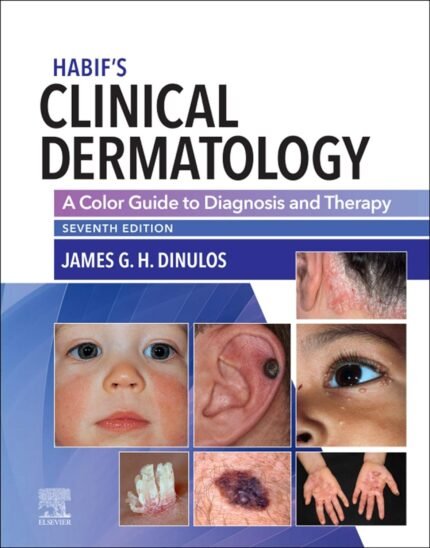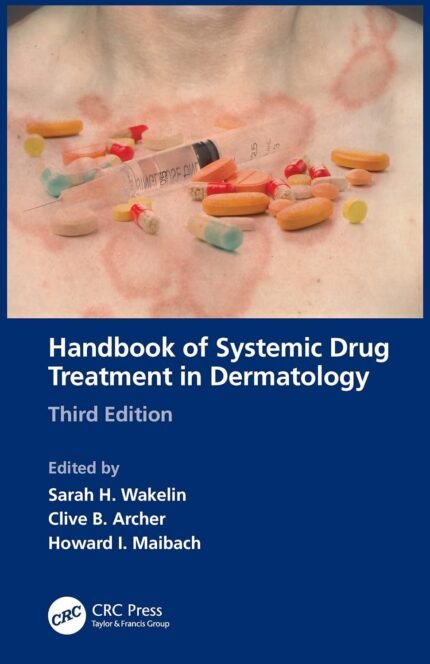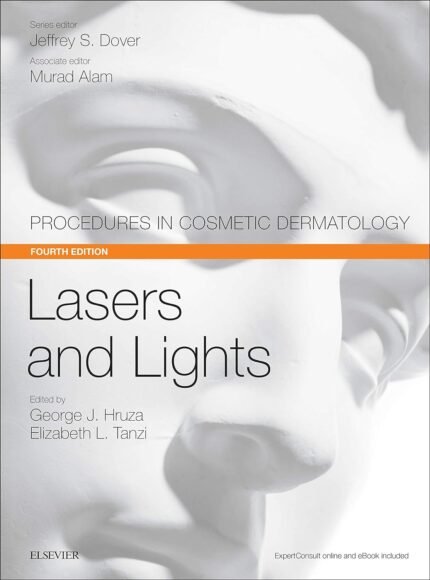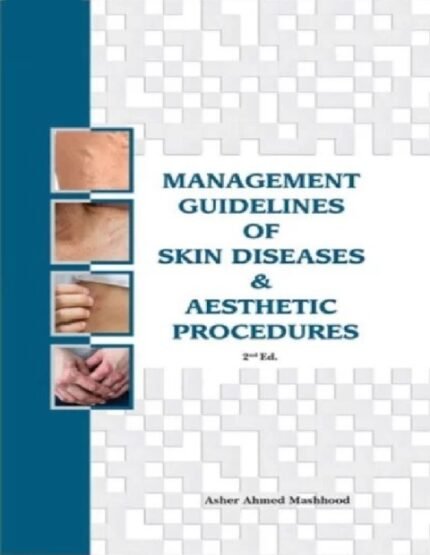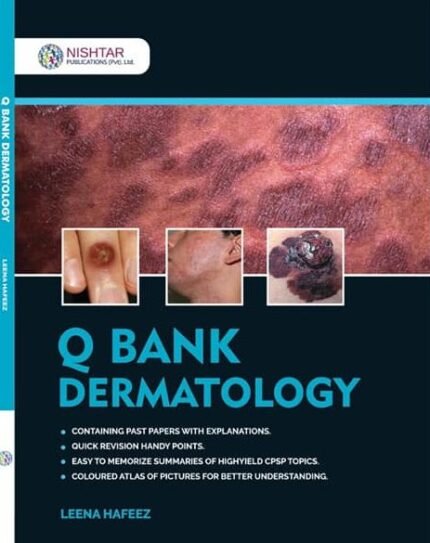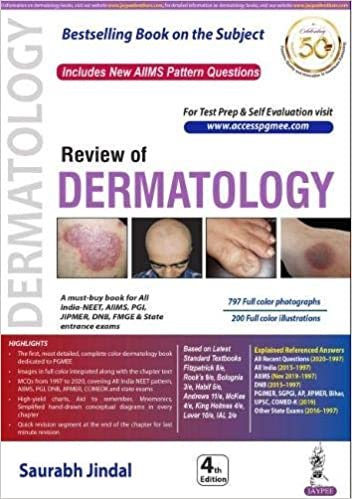clinicalbooks
Guide to Dermatology Clinical Exam
Habif’s Clinical Dermatology – Habif’ Clinical Dermatology
Handbook of Occupational Dermatoses (Updates in Clinical Dermatology)
Handbook of Systemic Drug Treatment in Dermatology
Lasers and Light – Procedures in Cosmetic Dermatology Series
Lasers and Lights -3rd Edition
Lasers in Dermatology – Parameters and Choice – With Special Reference to the Asian Population
Lookingbill & Marks’ Principles of Dermatology
"Lookingbill & Marks’ Principles of Dermatology" is a comprehensive textbook that serves as a foundational resource in the field of dermatology. Authored by James G. Marks Jr. and Jeffrey J. Miller, this textbook provides a thorough overview of the principles, concepts, and practices of dermatology, making it an essential reference for medical students, residents, and practicing dermatologists.
Key features of "Lookingbill & Marks’ Principles of Dermatology" may include:
- Comprehensive Coverage: The textbook covers a wide range of topics in dermatology, including basic skin biology, dermatological examination techniques, diagnostic approaches, and management strategies for various skin conditions. It serves as a comprehensive resource for understanding the pathophysiology, clinical manifestations, and treatment options for dermatological diseases.
- Clinical Relevance: The content of the textbook is presented in a clinically relevant manner, emphasizing the practical aspects of dermatological care. It provides insights into the evaluation and management of common dermatological conditions encountered in clinical practice, as well as rare or complex diseases.
- Evidence-Based Approach: "Lookingbill & Marks’ Principles of Dermatology" incorporates evidence-based medicine principles, integrating findings from clinical research, randomized controlled trials, and systematic reviews into diagnostic and therapeutic decision-making. This ensures that the information presented is based on the latest scientific evidence and best practices in dermatology.
- Illustrations and Clinical Images: Richly illustrated with high-quality clinical photographs, diagrams, and histopathological images, the textbook facilitates visual recognition and understanding of dermatological conditions. Visual aids help readers identify characteristic features, morphologies, and distribution patterns of skin lesions.
- Diagnostic Algorithms and Treatment Algorithms: The textbook may include diagnostic algorithms and treatment algorithms for various dermatological conditions, providing structured approaches to differential diagnosis and management. These algorithms guide readers through the evaluation process and help streamline decision-making in clinical practice.
- Pedagogical Features: Pedagogical features such as summary tables, key points, clinical pearls, and case studies may be included to reinforce learning and enhance comprehension of key concepts. These features facilitate active learning and knowledge retention among readers.
- Updates and Revisions: New editions of the textbook are periodically released to incorporate updates in the field of dermatology. Revisions may include additions of new chapters, updates to existing content, and integration of emerging research findings and treatment modalities.
- Online Resources: Some editions of the textbook may be accompanied by online resources, such as digital versions of the text, interactive quizzes, case-based discussions, and supplementary materials. These resources provide additional opportunities for self-assessment, review, and further exploration of dermatological topics.
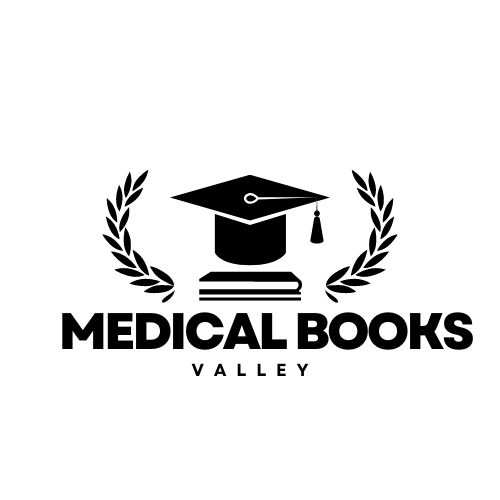
















 Prepladder Notes
Prepladder Notes Stethoscope
Stethoscope Plab Books
Plab Books Radiology Books
Radiology Books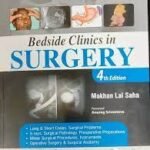 Surgery Books
Surgery Books
